Do you find modern digital cameras missing something special? Many photographers feel the same way. Vintage cameras offer a hands-on experience that connects you directly to the art of photography, with mechanical dials, metal bodies, and the anticipation of developing film.
From the precision-crafted Leica M3 to the beginner-friendly Pentax K1000, these classic tools from the past of photography still produce wonderful images today. Each camera brings its own unique character to your photos, which digital filters can’t truly replicate.
In this guide, we’ll examine what makes vintage cameras special, showcase of the most beloved models, and help you choose the right one for your needs. Whether you’re looking for your first film camera or adding to your collection, you’ll find the perfect blend of history and function.
What is a Vintage Camera?
A vintage camera is any camera made before digital cameras took over. These are the film cameras that were manufactured from the early 1900s to the early 2000s.
What makes them special is how they work. You control the settings manually, use real film, and appreciate the simple yet well-crafted design. People love vintage cameras for two main reasons.
First, they look good – the old-school style, with its metal parts and leather coverings, has a charm that modern plastic cameras lack. Second, they teach you real photography skills since you must think before each shot.
The limited number of photos on a film roll makes each picture matter more. Vintage cameras also bring a sense of history to the art of photography. When you hold a camera from the 1950s, you’re touching a piece of the past.
The photos these cameras take have a unique quality – colors, grain, and feel that digital filters try to copy but can’t quite match.
Step Back in Time: 13 Best Models for Nostalgic Photographers
Study the timeless charm of vintage photography with our curated list of the 13 best vintage cameras
1. Leica M3
The Leica M3 remains a top choice among film enthusiasts. Built in the 1950s, this compact rangefinder features solid metal parts that have lasted for decades. Its viewfinder shows clear images, making focus easy and quick.
Film Type: 35mm film
Why Photographers Love It: Clean lines, sharp photos, and perfect colors make this camera worth its high price.
Best For: Street shots and quiet moments when you need to stay hidden.
2. Canon AE-1
The Canon AE-1 helped many people start their photo hobby. This camera lets you point and shoot with its auto mode or take control with manual settings. Black with silver trim, it has a classic and cool appearance.
Film Type: 35mm film
Why Photographers Love It: Simple enough for new users, but has room to grow your skills.
Best For: Students and hobby photographers who want to learn without breaking the bank.
3. Nikon F2
The Nikon F2 is well-suited for handling tough conditions. Think rain, dust, or bumps – this camera keeps working. News teams used it in war zones and remote areas where gear often breaks.
Film Type: 35mm film
Why Photographers Love It: Built like a tank with smooth controls that feel right.
Best For: Outdoor trips where you can’t risk your camera failing.
4. Pentax K1000
The Pentax K1000 teaches photography without extra frills. This camera has just what you need: a viewfinder, a light meter, and basic controls. Its simple design helps you focus on the basics.
Film Type: 35mm film
Why Photographers Love It: No batteries needed for most functions, so it’s always ready.
Best For: Photo classes and beginners who want to learn the core skills.
5. Minolta SRT-101
The Minolta SRT-101 offers great value for its price. This camera has a built-in light meter that still works well today. Its metal body feels solid in your hands.
Film Type: 35mm film
Why Photographers Love It: Costs less than big names but takes photos just as good.
Best For: Budget shoppers who want quality without the famous brand markup.
6. Olympus OM-1
The Olympus OM-1 fits small hands perfectly. This tiny camera weighs much less than other pro models but still takes top-notch photos. Its compact size makes it easy to carry all day.
Film Type: 35mm film
Why Photographers Love It: Smaller and lighter than most SLRs but just as powerful.
Best For: Travel and walks when you don’t want to carry heavy gear.
7. Yashica T4
The Yashica T4 makes point-and-shoot simple. This pocket-sized camera has a Carl Zeiss lens that creates sharp images every time. Just click and catch the moment without fuss.
Film Type: 35mm film
Why Photographers Love It: Great lens in a small body that fits in your pocket.
Best For: Quick shots on the go when setting up takes too long.
8. Rolleiflex 2.8F
The Rolleiflex 2.8F shows you the world from a new angle. You look down into this twin-lens camera, rather than through it. The square format frames your photos with equal sides.
Film Type: Medium Format 120 film.
Why Photographers Love It: Larger negatives mean more detail in each shot.
Best for: Portraits and scenes that require extra sharpness and depth.
9. Hasselblad 500C/M
The Hasselblad 500C/M played a crucial role in capturing the moon landing. This camera comes apart into pieces that you can swap based on your needs. Its photos show details you might miss with smaller cameras.
Film Type: Medium Format 120 film
Why Photographers Love It: Mix and match parts to build your perfect setup.
Best For: Studio work and landscapes when quality matters most.
10. Polaroid OneStep 2
The Polaroid OneStep 2 brings back the fun of instant photos. Press the button and watch your picture appear in minutes. The simple design makes it easy for anyone to use.
Film Type: Instant film
Why Photographers Love It: Gives you physical prints on the spot to share.
Best For: Parties and gatherings where people want to take home memories.
11. Fujifilm X-100
The Fujifilm X-100 blends old style with new tech. This digital camera looks like a classic film model but has modern sensors inside. Its fixed lens makes you move to get the shot you want.
Film Type: Digital (vintage-styled)
Why Photographers Love It: Offers film-like photos without buying or developing film.
Best For: Those who like vintage looks but need digital convenience.
12. Leica M6
The Leica M6 works almost silently when you take photos. This camera lets you capture scenes without drawing attention. Its light meter helps you get the right settings fast.
Film Type: 35mm film
Why Photographers Love It: Less bulky than SLRs but with the same image quality.
Best For: Candid shots when you want to stay low-key and unnoticed.
13. Brownie Hawkeye
The Brownie Hawkeye made photography open to everyone. This box-shaped camera has few controls but takes good photos with minimal fuss. Its simple design makes it perfect for starters.
Film Type: 120 film
Why Photographers Love It: Easy to use and hard to break, plus fun retro style.
Best For: Collectors and those who want to try a film without complex settings.
How to Choose the Right Vintage Camera for You?
Picking a vintage camera comes down to a few key points. First, choose your film type – 35mm is common and cheap, while medium format offers better quality at a higher cost. Think about controls too – fully manual cameras teach you more, but need practice.
Set a budget that includes both the camera and ongoing film costs. Brands like Pentax and Minolta give good value compared to pricier Leicas or Hasselblads.
Weight matters for daily use. The Olympus OM-1 won’t tire you out like a heavy Hasselblad might. Check what lenses fit your camera and if they’re easy to find. Inspect the camera’s condition before making a purchase.
Test the shutter, check for light leaks, and verify that all electronics function properly. Finding repair shops can be tough, so starting with a working camera saves headaches later.
Film Formats Explained: Pros, Cons, and Best Cameras for Each
| Film Format | Description | Pros | Cons | Best Cameras |
|---|---|---|---|---|
| 35mm | Common film format. | Affordable Easy to find Small and portable |
Lower detail Smaller negatives |
Canon AE-1 Nikon F2 Olympus OM-1 |
| 120mm | Medium format film. | Higher image quality Bigger negatives |
Expensive Bulky cameras |
Hasselblad 500C/M Rolleiflex 2.8F |
| Medium Format | Various film sizes. | Sharper images Great for portraits |
Expensive film Larger cameras |
Pentax 67 Fuji GX680 |
Conclusion
The world of vintage cameras offers more than just tools for taking photos. Each camera brings a piece of photo history into your hands. From the solid metal body of a Leica to the simple design of a Brownie Hawkeye, these cameras teach us to slow down and think about each shot.
Film photography with vintage cameras helps you focus on the basics – light, composition, and timing. You learn to make each frame count, as film limits the number of shots you can take. This careful approach often leads to better photos, even when you switch back to digital.
What makes these older cameras special is how they keep working decade after decade. With basic care, many will still take great photos fifty years from now. Their simple mechanics and quality parts stand the test of time.
Why not try film photography with a vintage camera? You may find a new perspective on the world through these classic viewfinders. What vintage camera catches your eye? Let us know in the comments below.
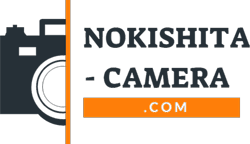

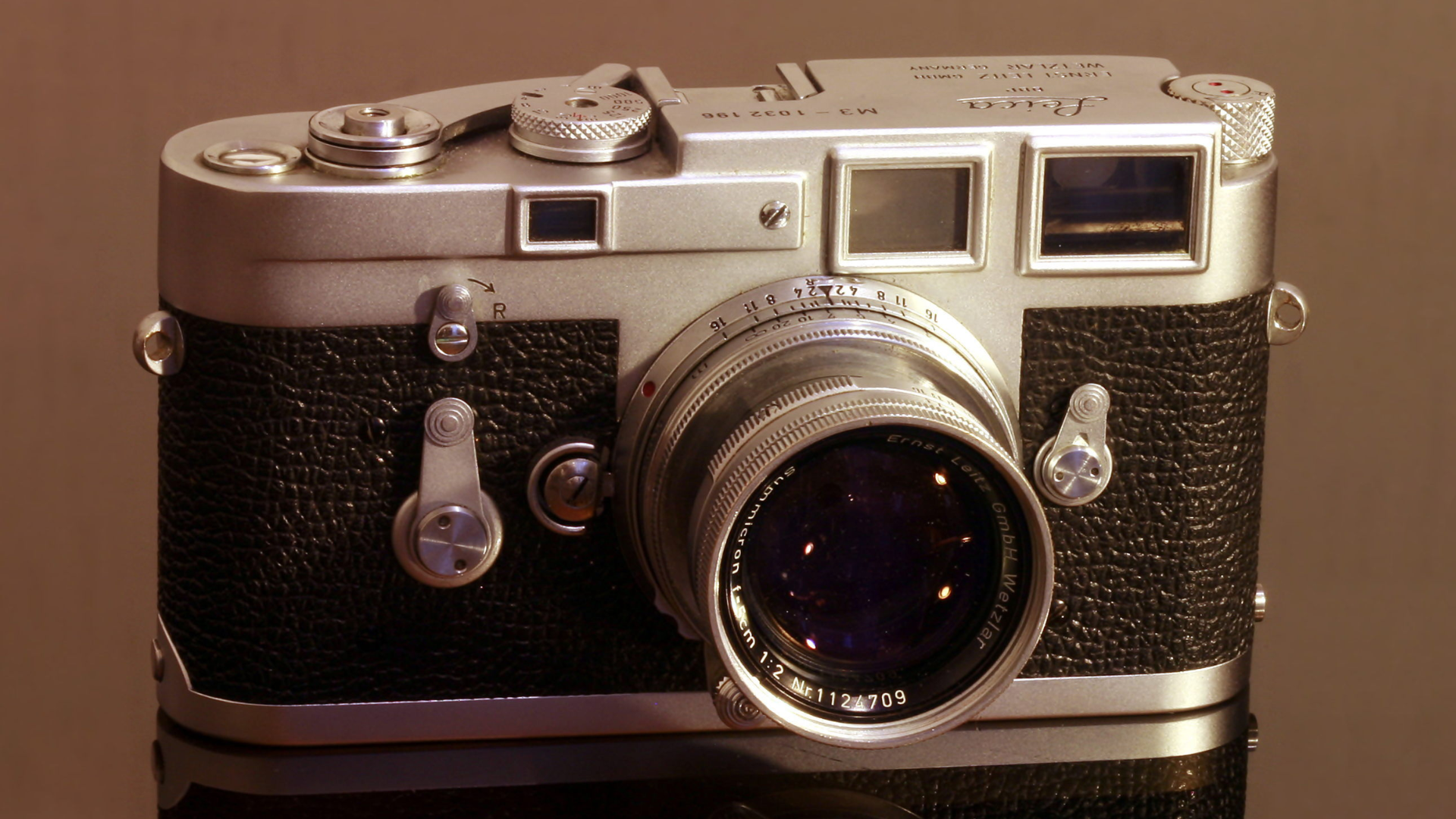
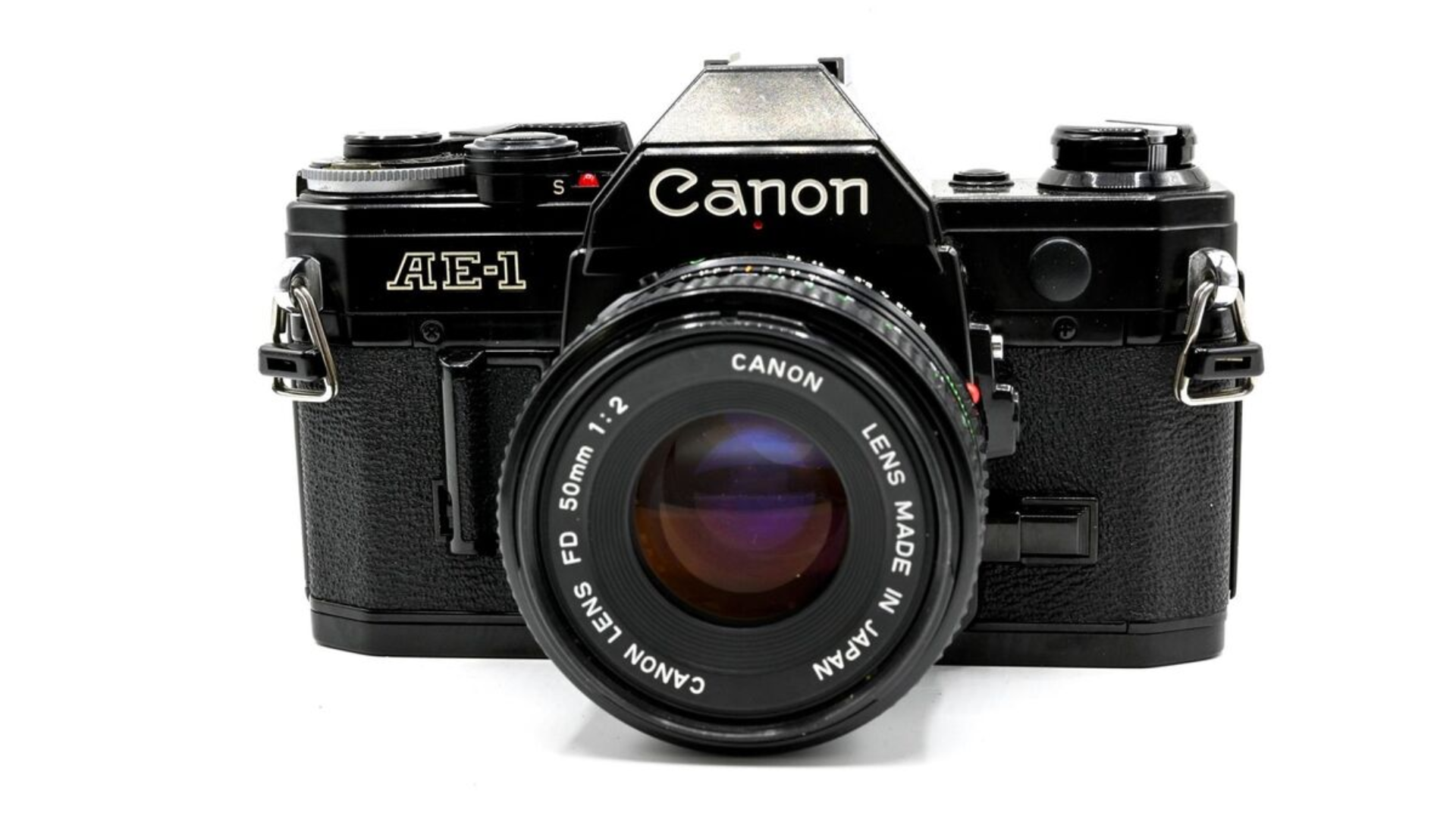
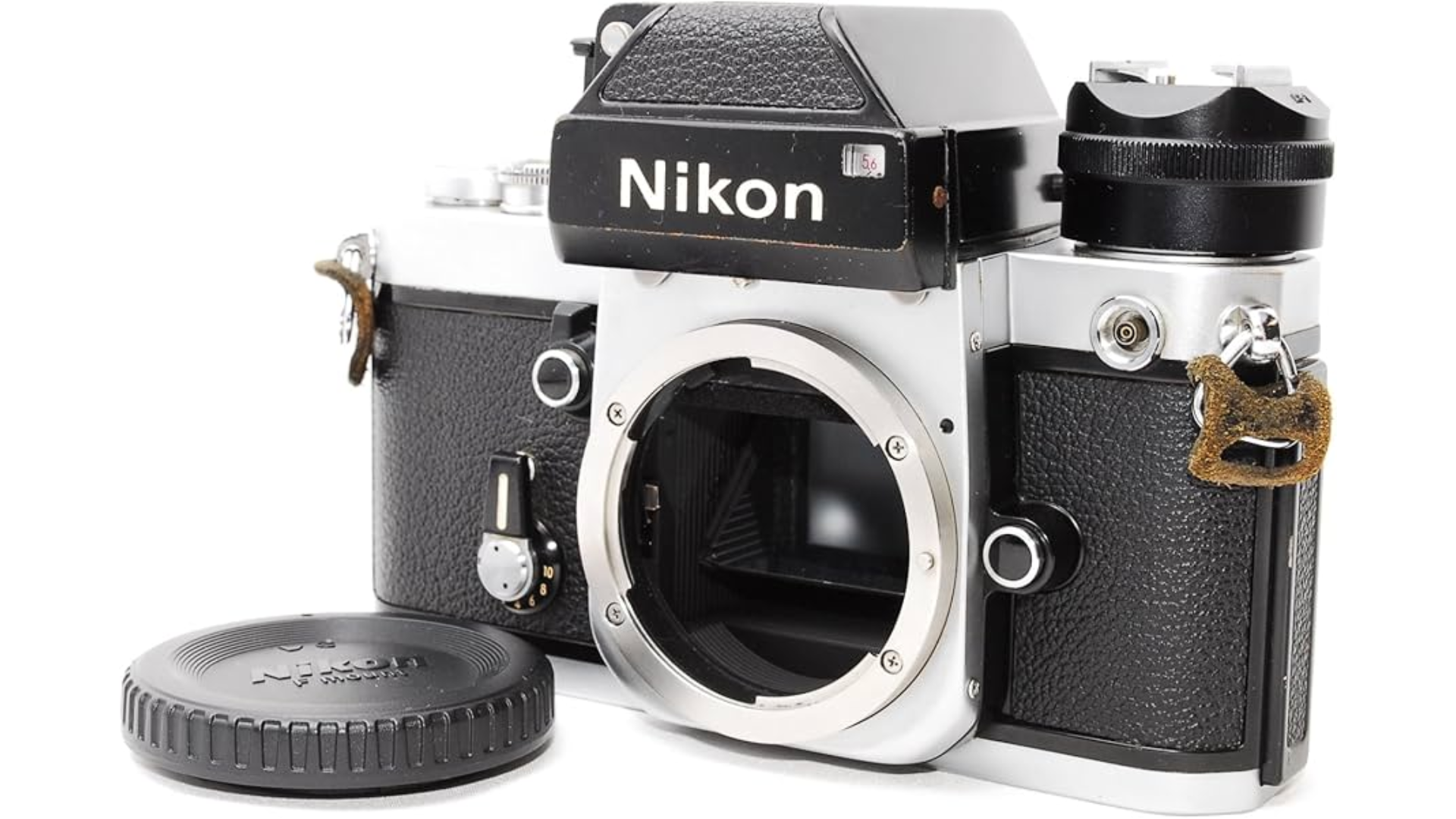
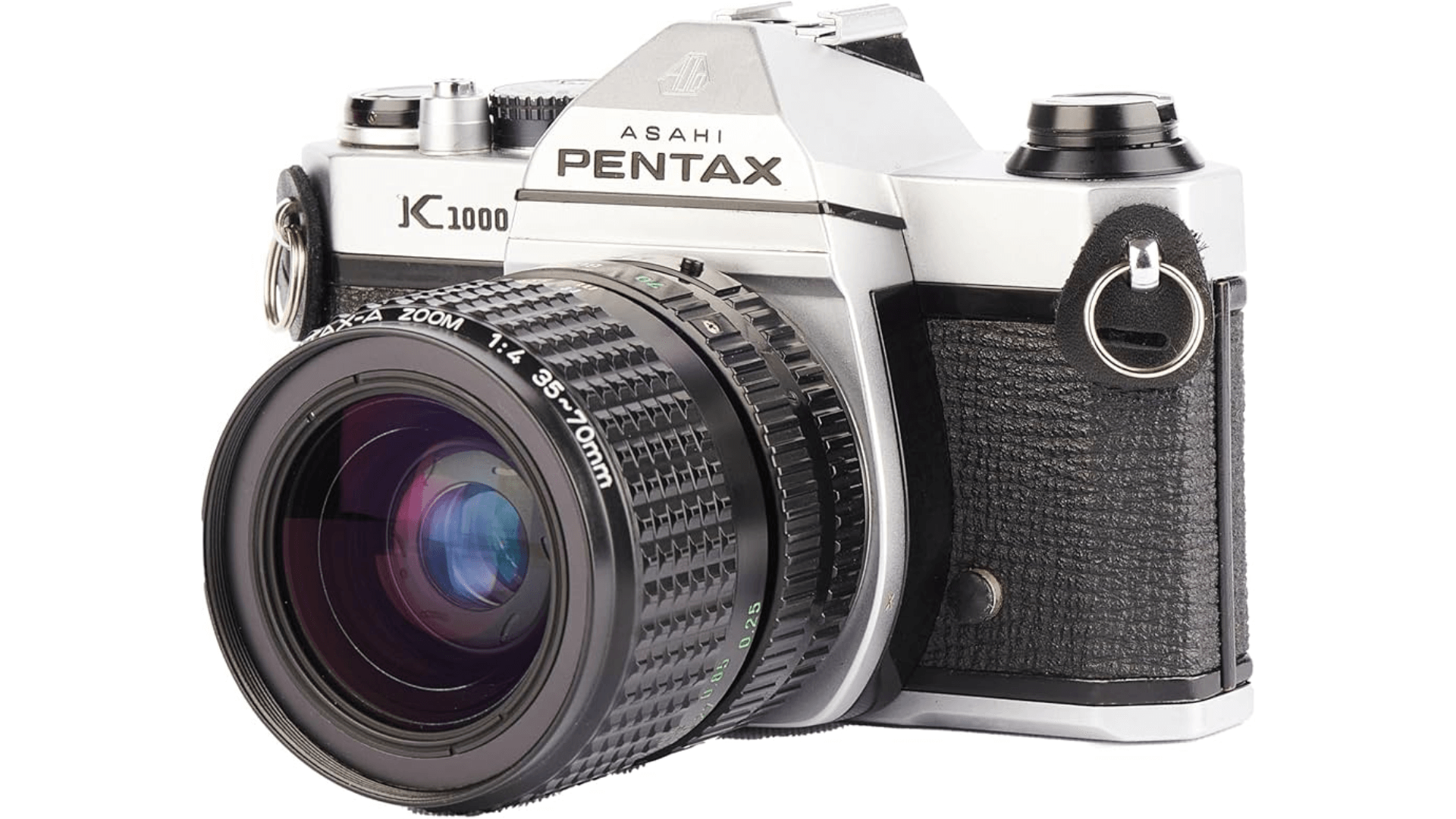
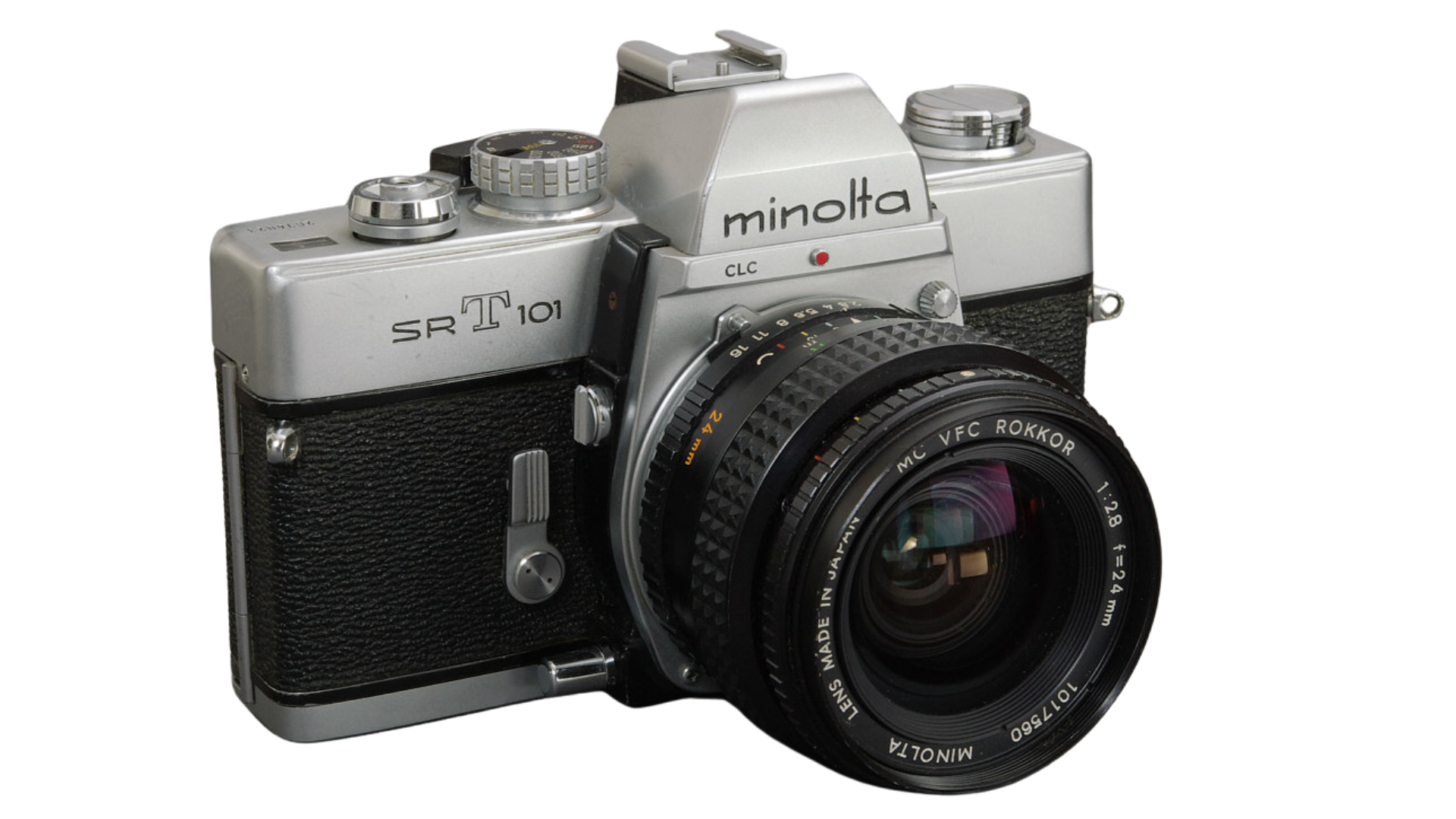
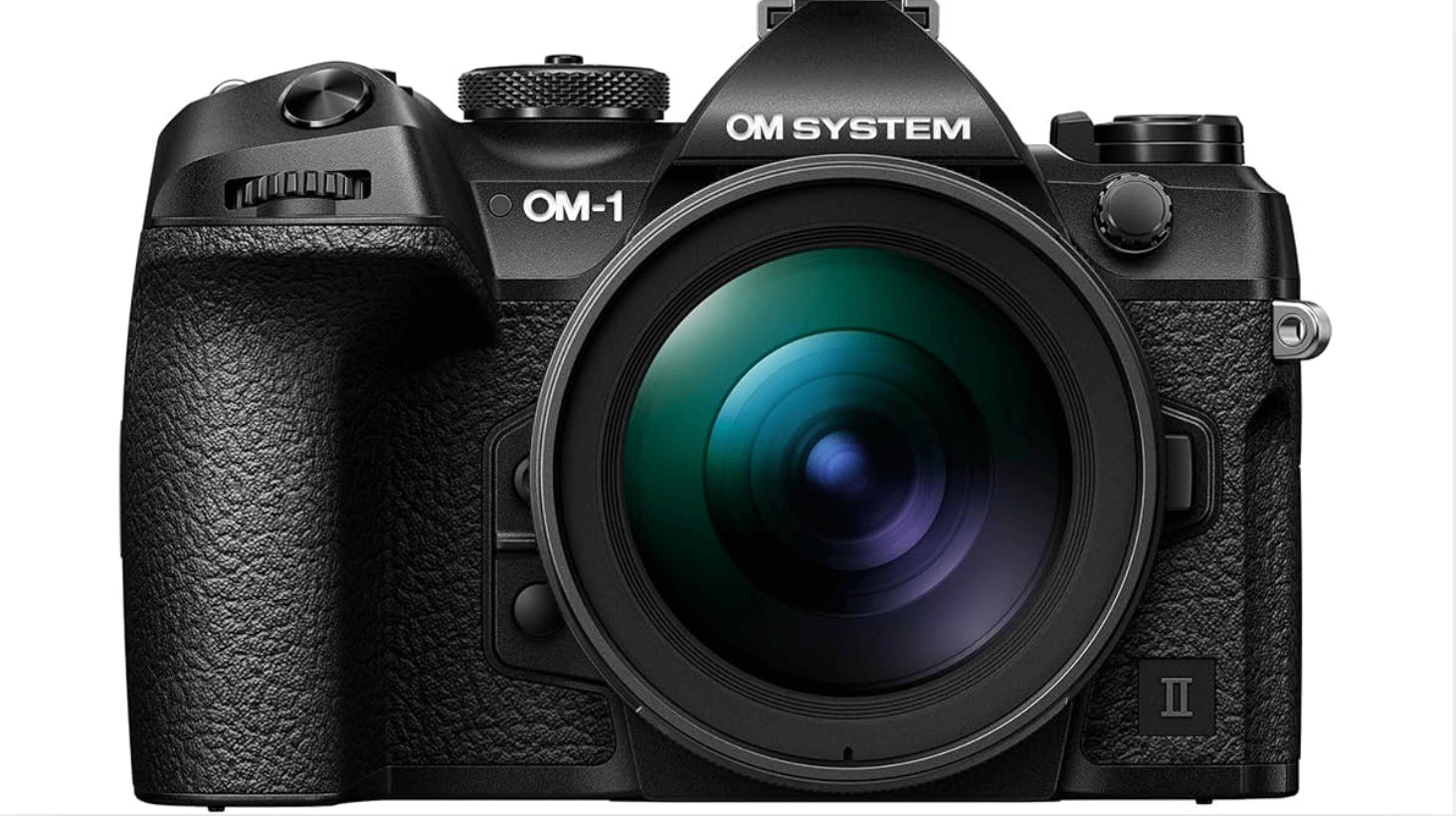
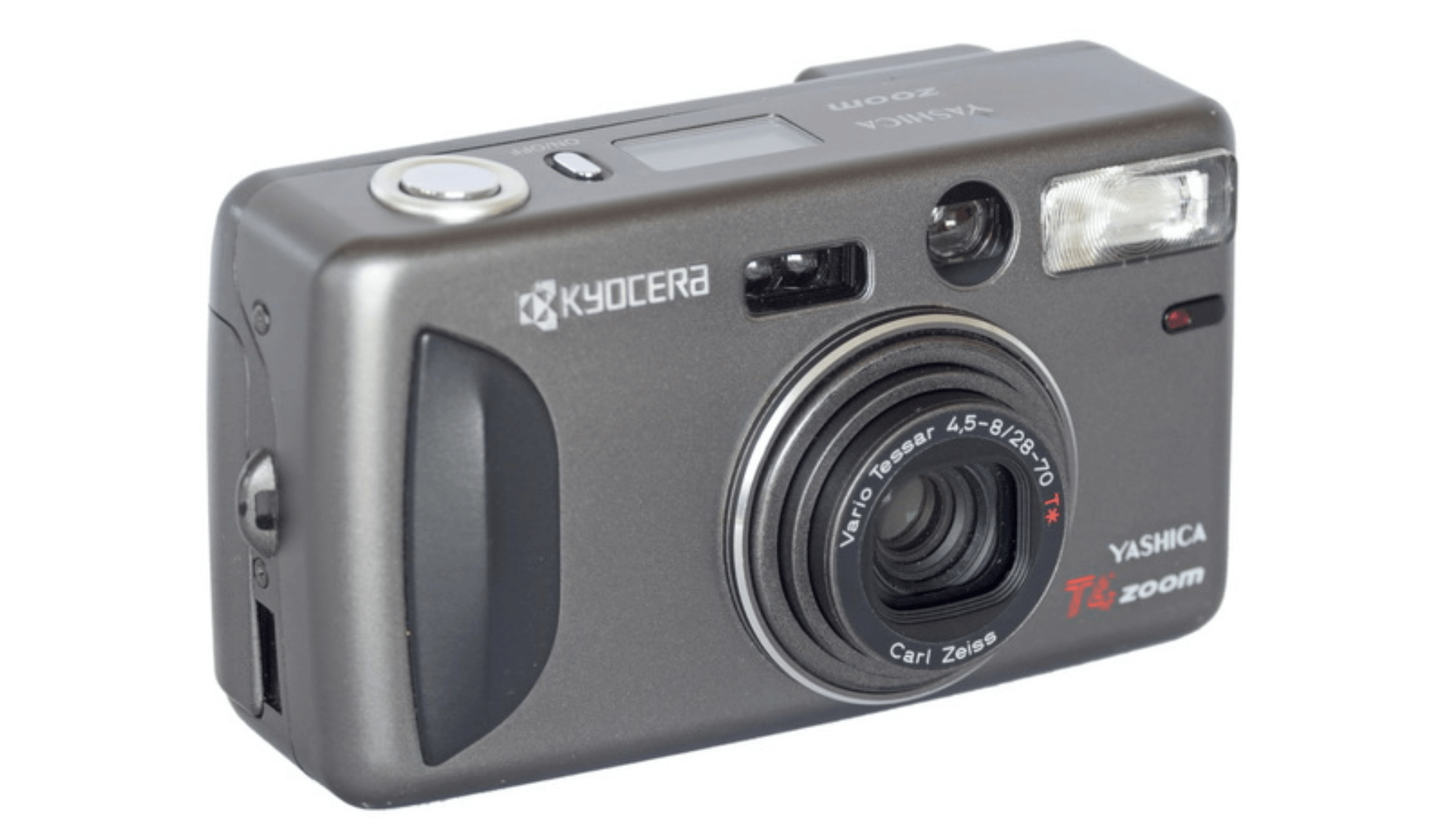
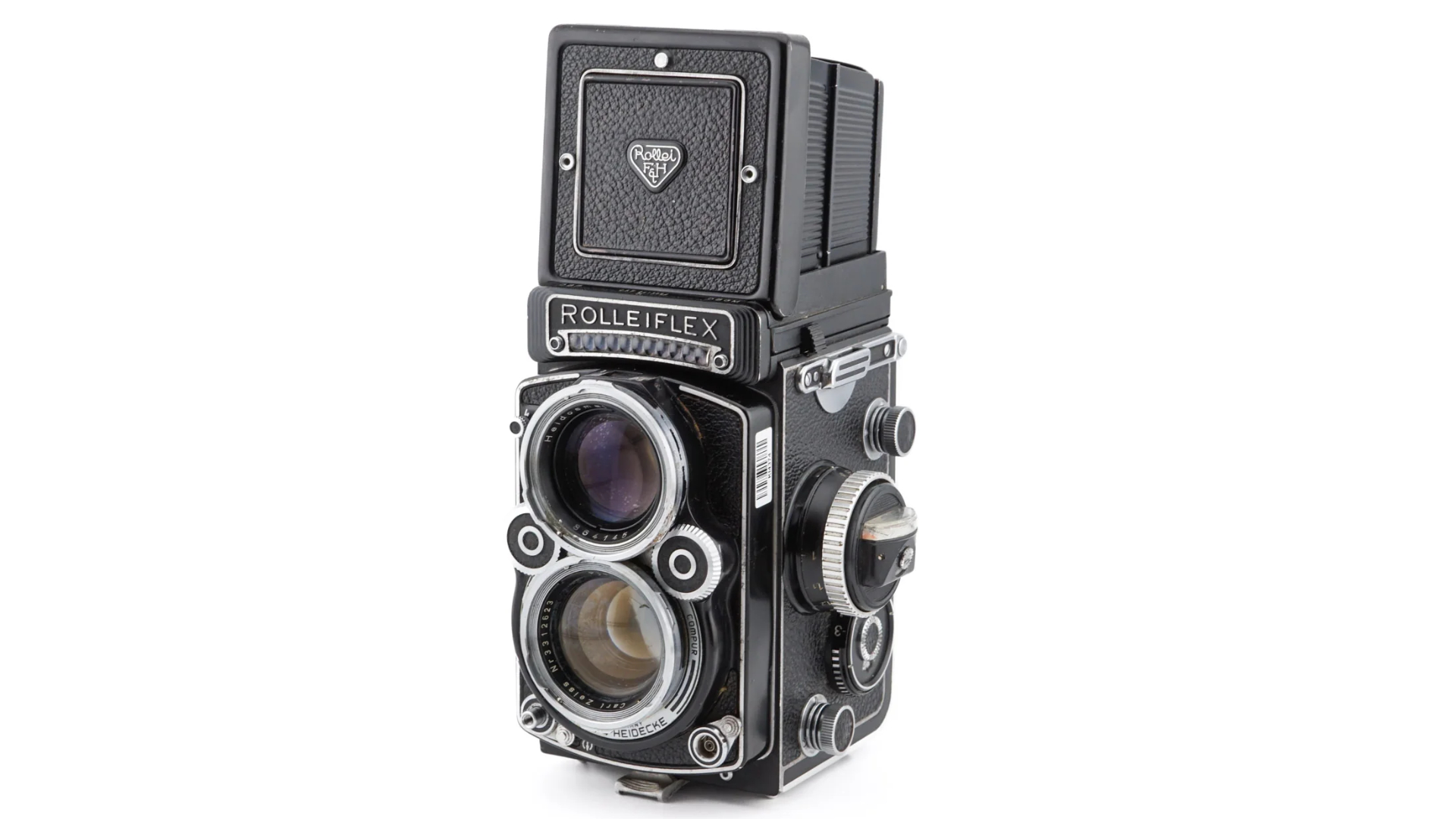
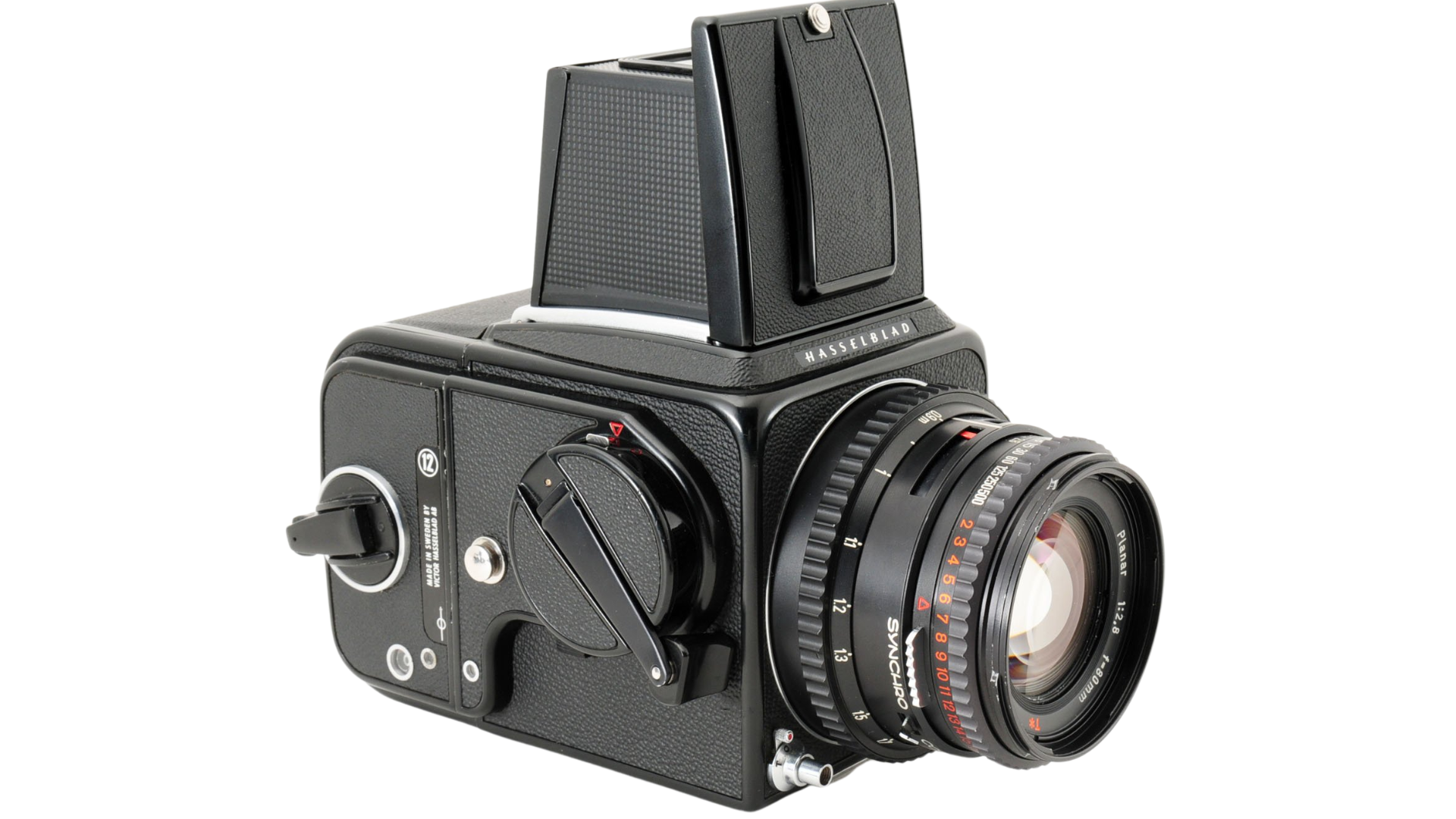
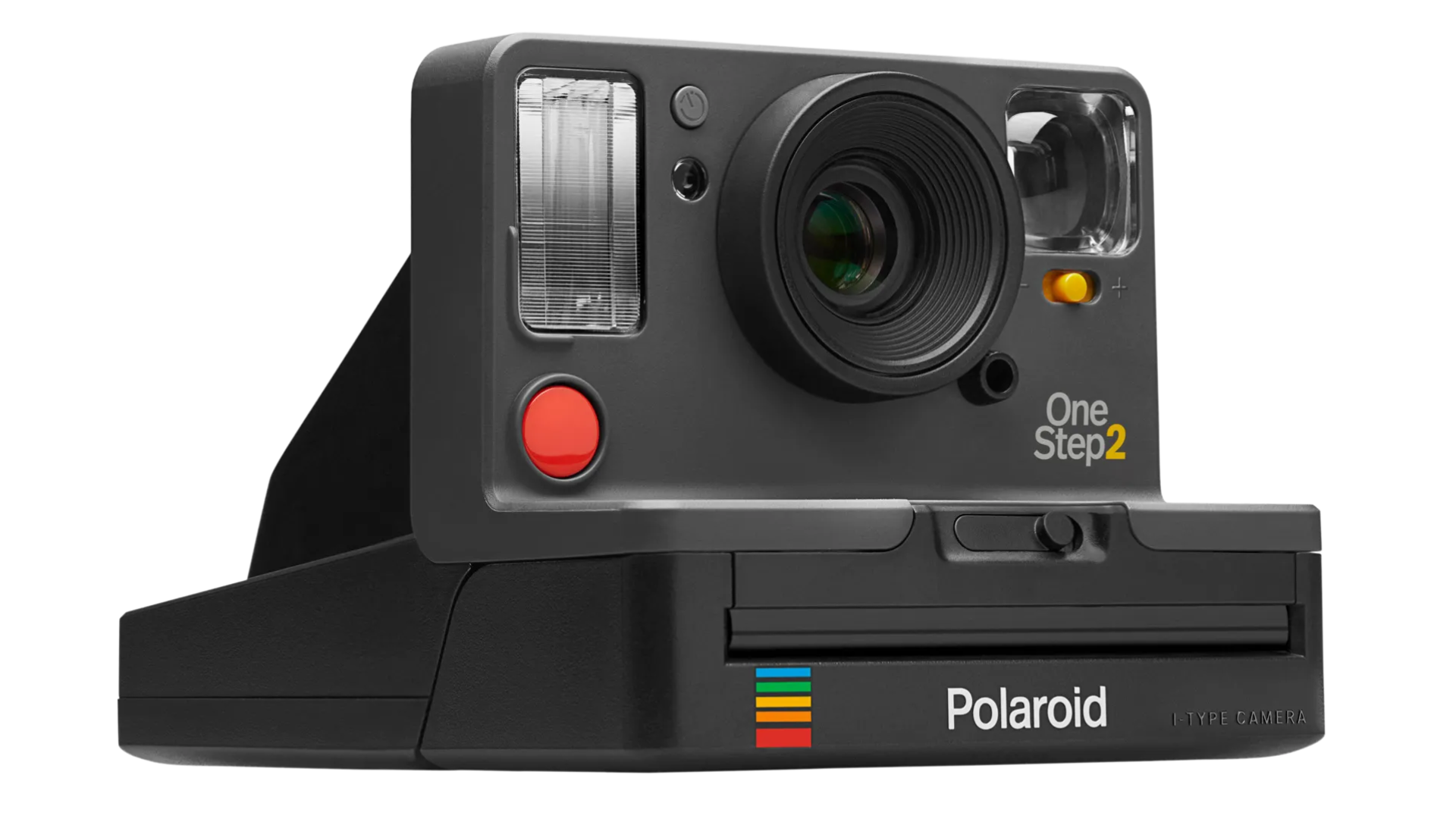
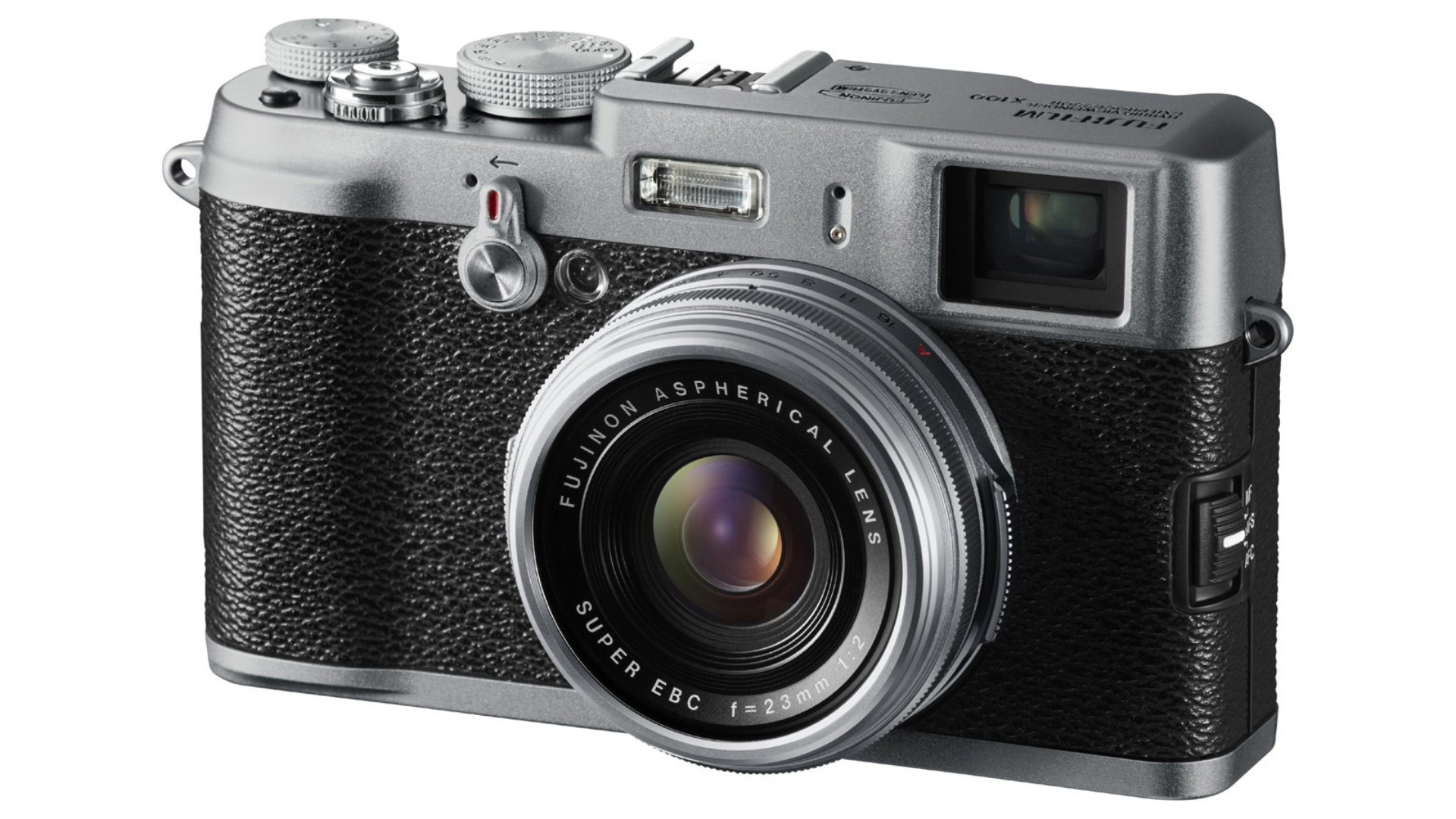
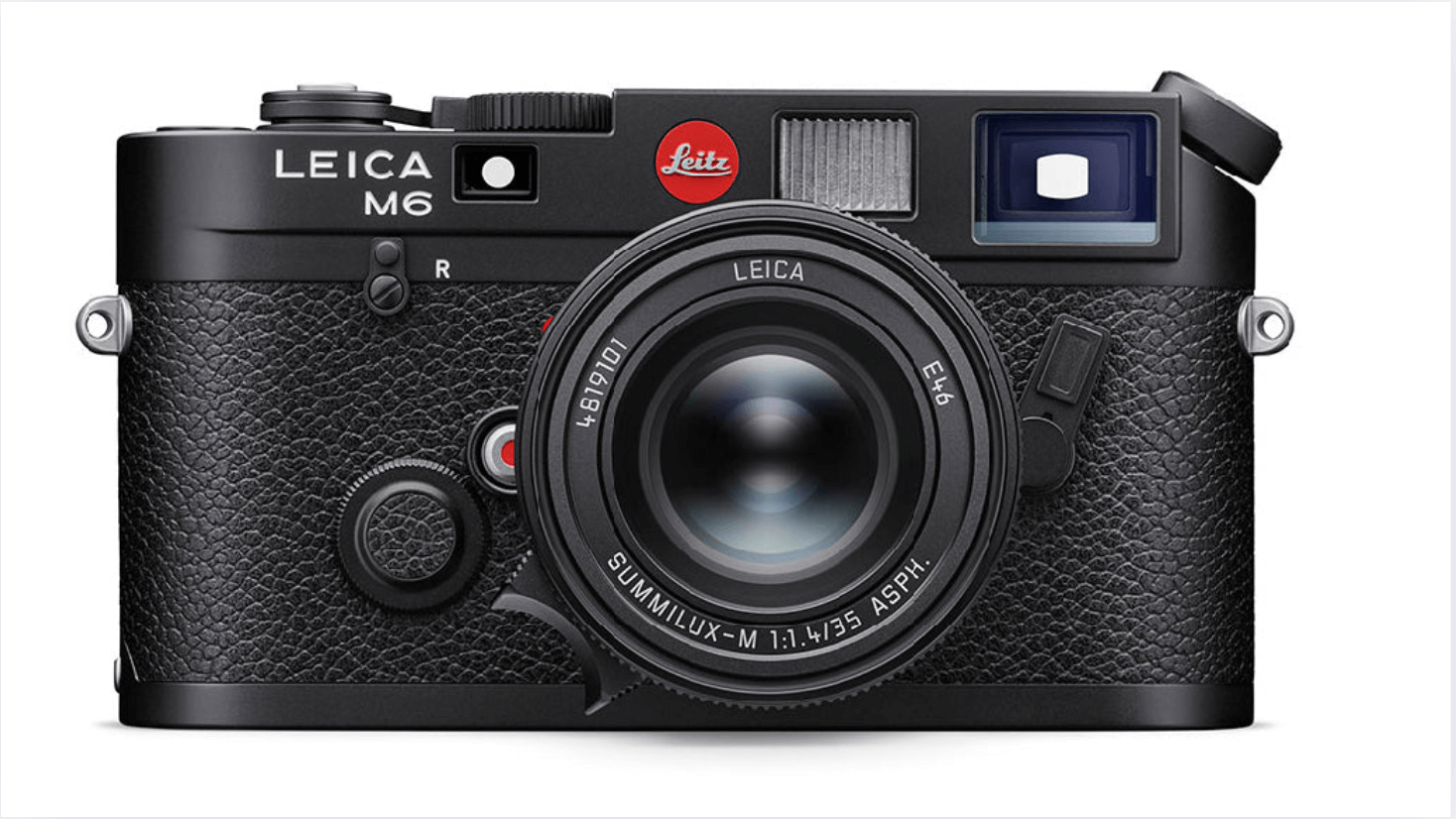
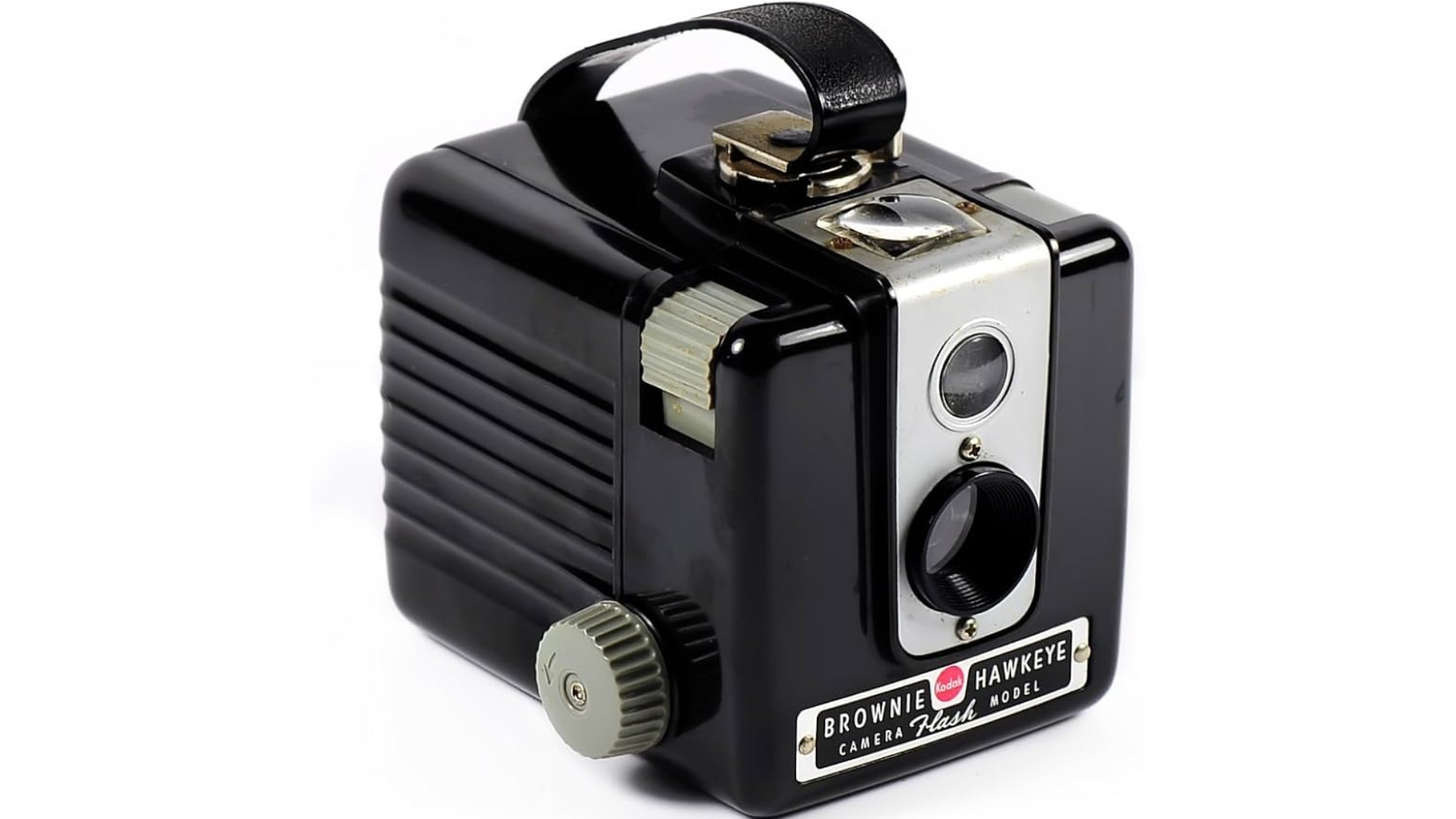
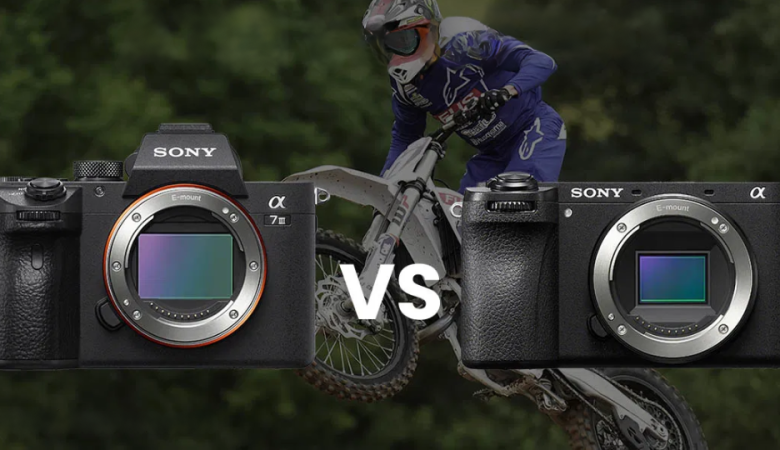
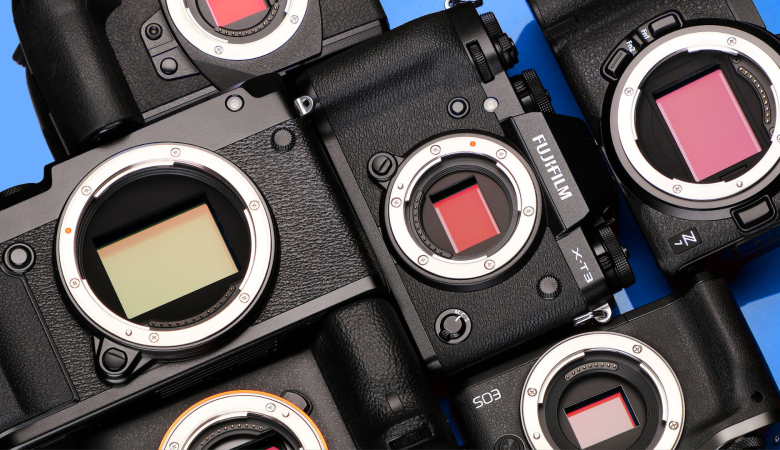
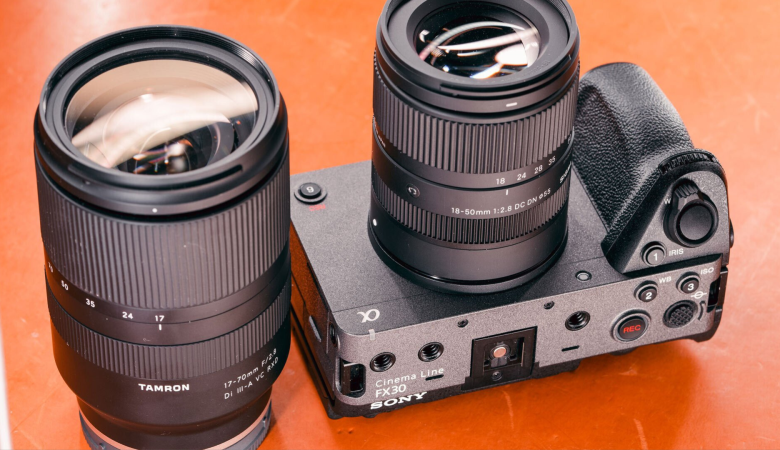

Leave a Reply